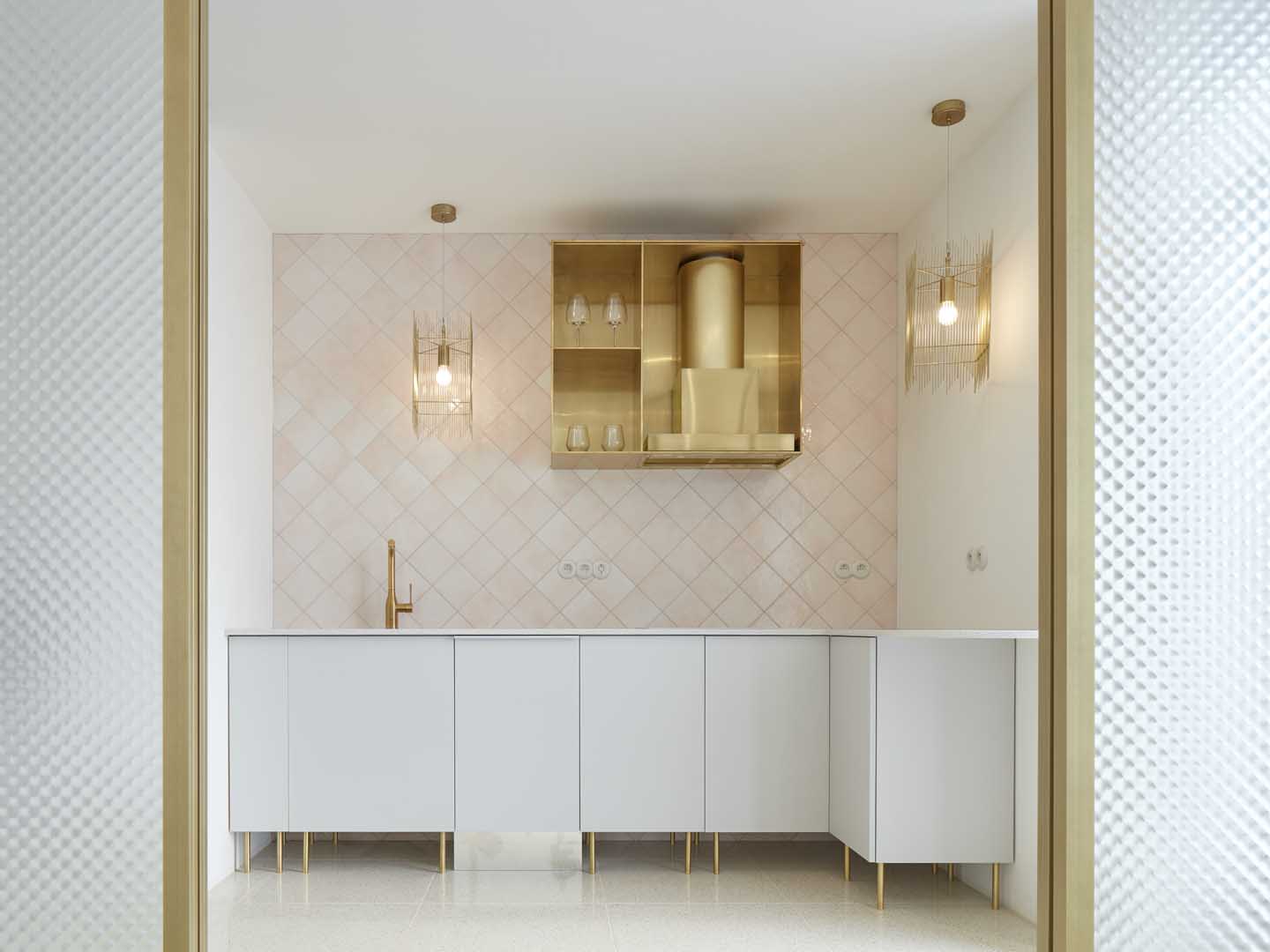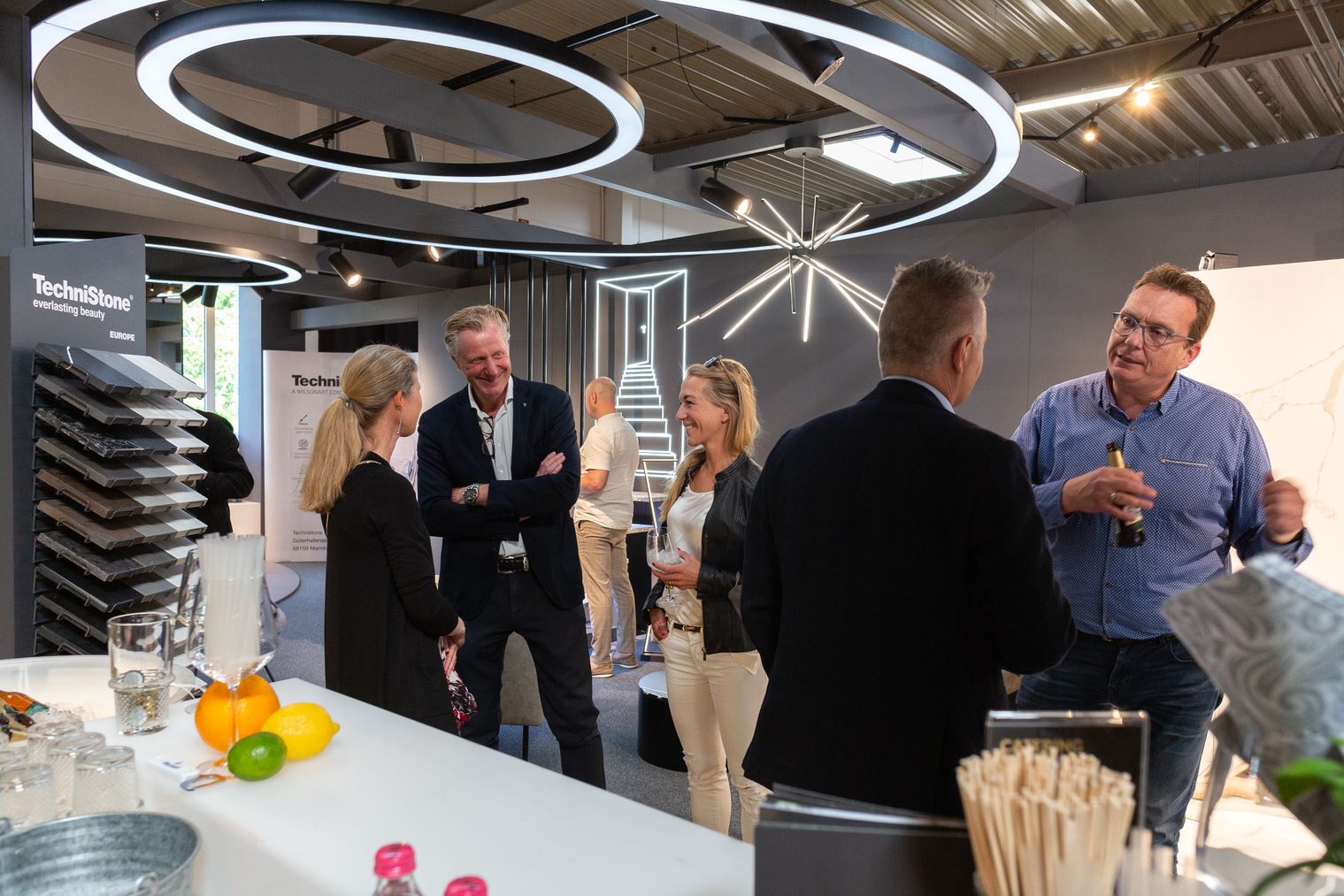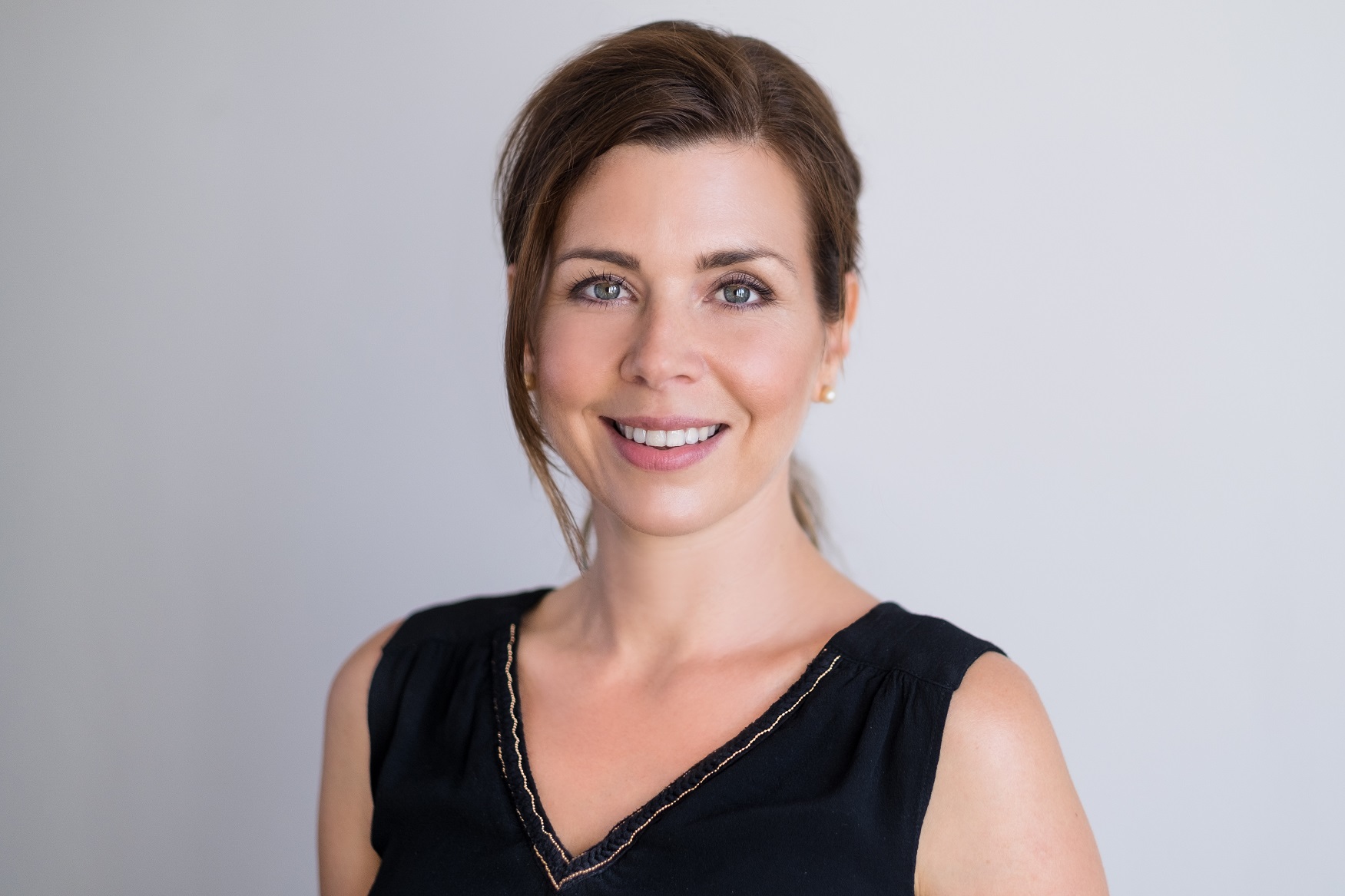
3 principles of sustainable interior design by designer Marta Potorská

Every designer has a few principles that are easily recognized in any of their projects. Designer Marta Potorská always starts from a “solid foundation”, a springboard from which she jumps in the right direction. She creates it with quality and natural materials.
A few years ago, designer Marta Potorská decided to set up her own design studio called ‘’Reforma Domu’’. It started with an interest in interior design.
’’ I have always liked beautiful and tasteful things. Everywhere I look, I search for aesthetics combined with functionality and quality. My profession is a dream comes true. I love that special feeling when you tune in to a client and find that you share a common taste,” she told us.
In the following, we present the design tips that Marta successfully advocates
. “I wish designers would focus more on creating a quality base made from natural materials to improve the standard of living”, she adds.
- Blind trends
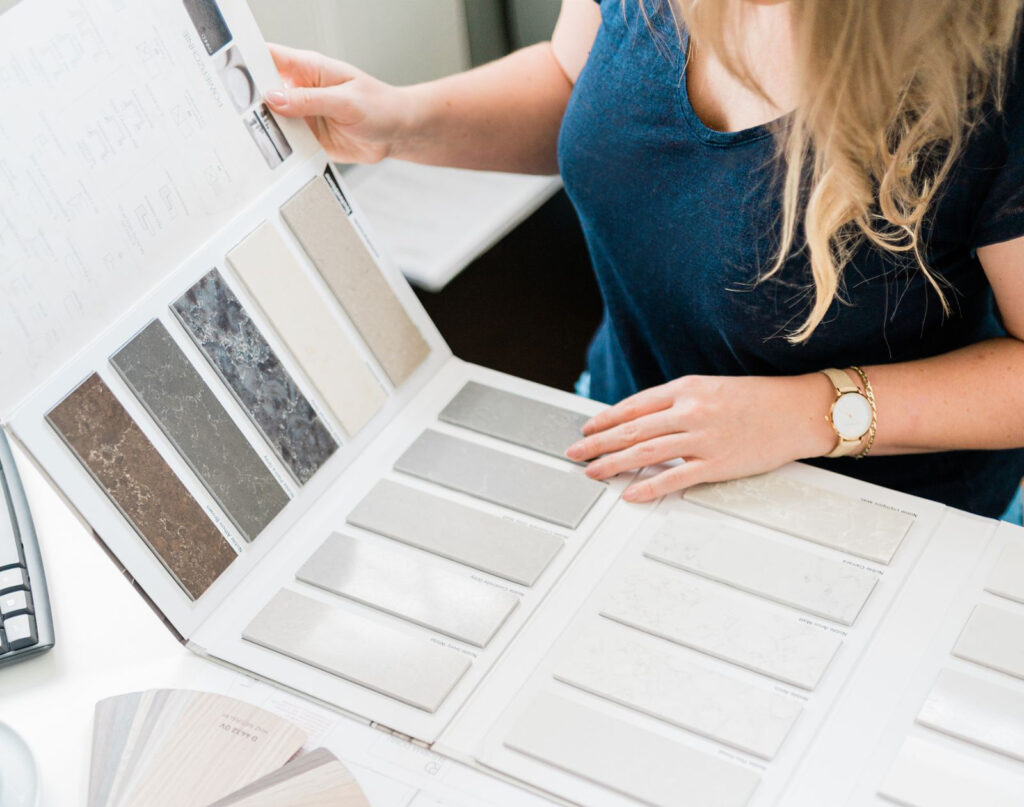
In today’s age of consumerism, quality requirements are slowly disappearing. People are short-sighted and put a lot of emphasis on the controversial trends that are currently moving the world. But even in this respect it pays to choose with taste, to be cautious and thoughtful. According to Marta, one should not skimp on a solid interior composition.
“People buy cheap things that they discard after a while and replace them with a new trendy piece. It’s completely against my approach and creates an unhealthy consumerism. American movies, especially from the 90s, such as Home Alone, serve as the perfect example that a well-designed base is the key to a beautiful interior. It’s amazing how easily you can give a place a new look just by changing the color of the walls, upholstering and adding a few accessories,” the designer proves.
- Quality materials
An interior requires a combination of beauty and functionality. The key to this combination is high quality materials. If something is high quality, it is functional and beautiful at the same time. Every single material brings with it a number of advantages and disadvantages, and the final decision is then influenced by the client’s individual preferences. The floor itself is always a big issue. For Marta, the obvious choice is classic wood.
“It brings great comfort to everyday life. It wears down more easily than laminate or ceramic, but the scuffs on it look fantastic, the floor acquires a patina. It doesn’t age, on the contrary, it matures over time, filling the space with a unique character . Another essential quality is engineered stone kitchen worktops. Easy to clean and simple to maintain, they save time while still looking extraordinary. A third must-have is a quality sofa. It’s one of the busiest pieces of furniture. It’s used practically non-stop. I always encourage my clients to consider their sofa choice carefully.” she adds
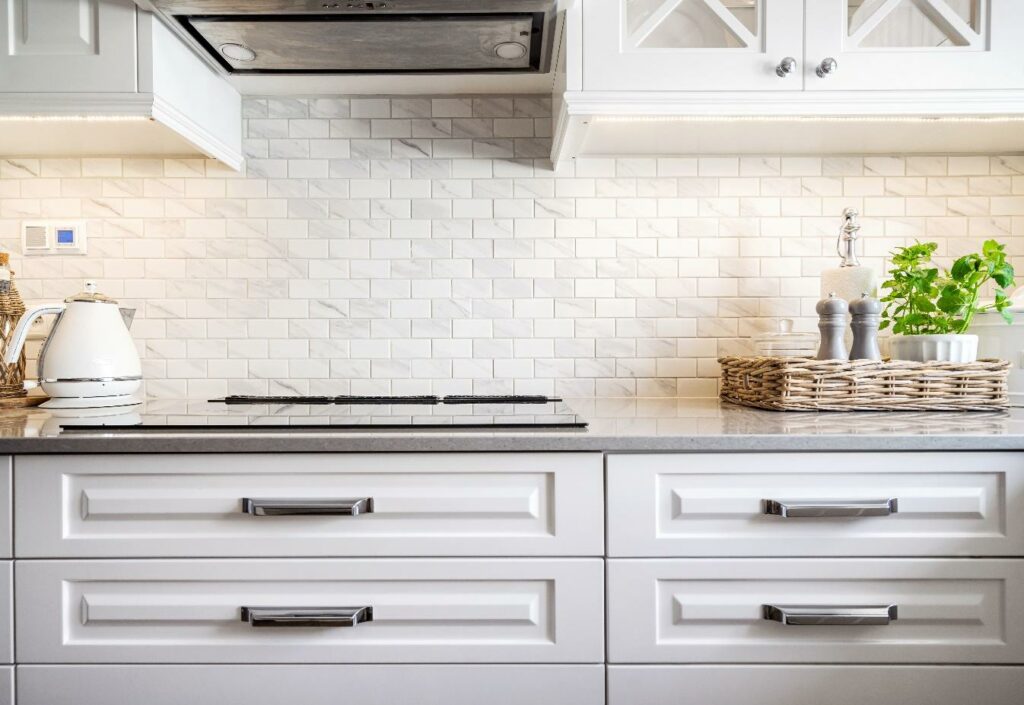
The Technistone® worktop in Noble Troya catches the eye at first glance with its mirror-like shine.
- White
When choosing high-quality, natural materials, the color composition of the space should also be kept in mind. The wood flooring is in earthy, muted tones. Therefore, the rest of the furnishings in the space should not stand out, but just complement it nicely.
“The best you can give such an interior is white. It serves as a beautiful backdrop for wood, stone and greenery,” says the experienced designer with enthusiasm.


“I try to avoid classifying my projects according to specific time periods and trends. I believe this approach makes them more functional and timeless.” she concludes

